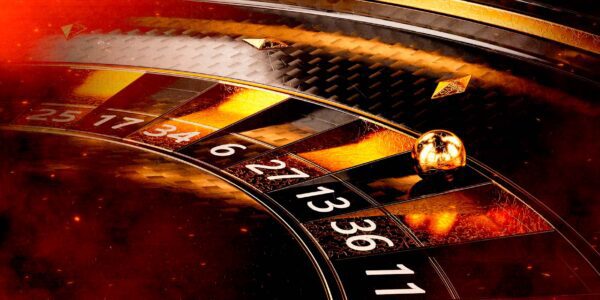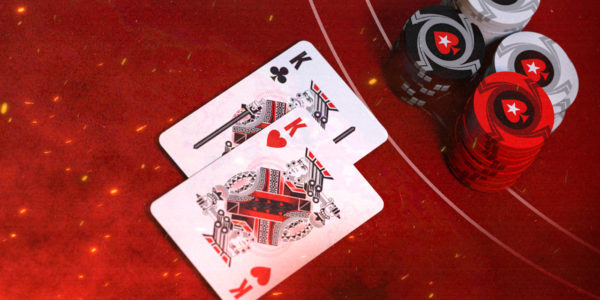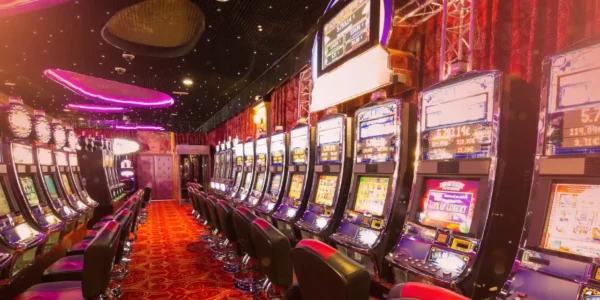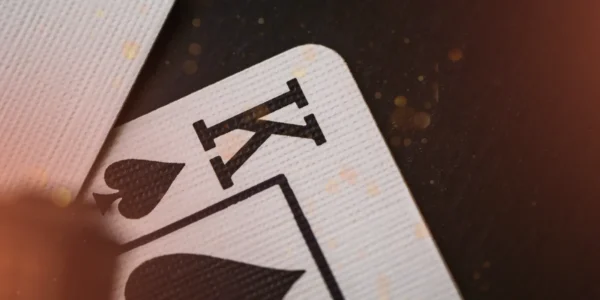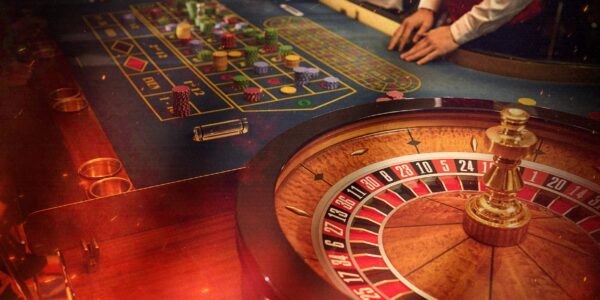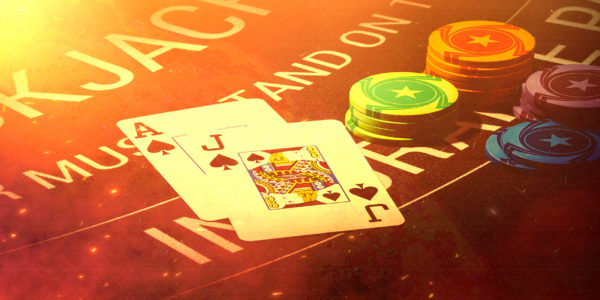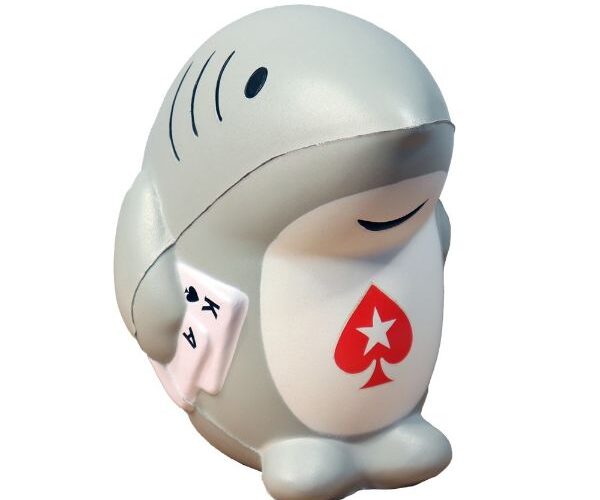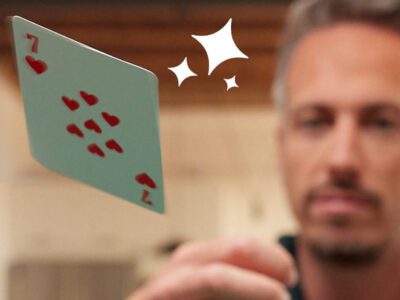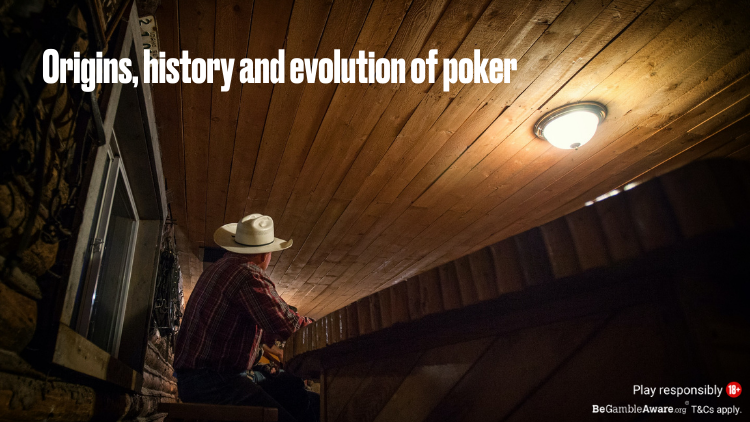How Do Slot Machines Work?
Slot machines. Fruities. Pokies. One-armed bandits.
Whatever you call them, it’s impossible to be even vaguely aware of the world of casinos and gaming without having come across a slot machine. From their origins in the late 1800s to their unprecedented popularity in online casinos today, slot machines have evolved into complex and interactive games with thousands of variations – though there’s still room in every casino for a classic one-armed bandit with three reels of fruits and bars and sevens.
But how do slot machines work? It’s a more complicated question than you might imagine. Let’s take a look at the original mechanical machines all the way to today’s modern online slots.
Slot Machine Mechanics
Classic slot machines, much like an automatic watch, are entirely mechanical. The original “one-armed bandit” machines use a system of gears and levers around a central shaft upon which the reels spin. When you insert a coin or token, a detector registers the payment with a sensor (much like a vending machine) and the lever can be pulled.
Many slot machines work this way even today. Once the lever is pulled, a series of gears begins to spin as a rotating piece in the mechanical setup (a cam) is moved forward at the same time that three paddles are moved towards the reels. The cam is spring-loaded to move back to its original position (which will stop the sequence) but the spinning gears delay this considerably.
The three paddles then make contact with the discs on which the reels are displayed, which are rotating around the central shaft. This causes them to spin rapidly until the cam has moved back into place, stopping each reel one at a time – this is not a mechanical necessity, but rather a way to build suspense for the player: have they won?
Have they, indeed? The three discs supporting the reels in a mechanical slot machine determine whether a payout is due by way of notches of various depths on the discs. Much like how a lock will only unlock when the correct key is inserted to push the lock gears into the correct position, a mechanical slot machine will only pay out when the notches on the gears line up correctly to release a certain number of coins.
The Evolution of Slot Machines

While classic one-armed bandits, fruit machines and mechanical slot machines work their magic around the world still today, electrical slot machines are much more common in most casinos. From a player’s perspective, these slot machines work in the same way as their mechanical counterparts: players pull a lever and see the reels spin before awaiting the result.
Many electrical slot machines will still play a pre-recorded “clunk” of gears and levers falling into place, even though none are present! Instead, these electronic slot machines work by way of motors spinning the reels and electromagnets breaking circuits to stop the reels. When a winning combination is hit, metal contacts attached to the reels engage circuit boards that allow for different operations of the payout system to award different prizes.
Even these machines are now rare compared to computerised slot machines, which make up the vast majority of modern-day slots in casinos. While this might lead you to ask yourself “do casinos set slot machines”, these machines use computerised electrical impulses to spin the reels and an in-built programmed RNG (random number generator) to determine when to stop spinning. These RNGs are independently verified by third-party authorities to ensure that they are truly as random as can be.
A Bit of History
For those players who enjoy the story behind one of the most popular casino games, here is a brief overview of how slot machines came to be the online games we know today.
The Start
1891 was the year slot machines were born, specifically by a company based in New York called Stittman and Pitt. You had to pay a nickel if you wanted to play, and it consisted of fifty playing cards and five drums. Players won prizes as opposed to money, like cigars or free drinks Only men were allowed to play, as all the slot machines were placed in bars across the city.
The Liberty Bell
The more modern, coin-operated slot machine was invented in 1894 by Charles August Fey, and it was a huge hit. He was also responsible for the very first three-reel slot machine in 1898, the Card Bell, which paid out cash prizes. The Liberty Bell followed in 1899 and it catapulted slot machines into the mainstream.
Operator Bell
The Liberty Bell was the inspiration for the 1907 Operator Bell, manufactured by Herbert Mills. It was available to play at salons, shops, bowling alleys, and tobacconists
Money Honey
1964 saw the first electromechanical slot machine. Introduced by The Bally Manufacturing Co., and it was called Money Honey. Players still had to pull a lever but the reels were electrical, and it could pay out as much as 500 coins, which was a first. Not long after, the handle was replaced by buttons as a way to play the game.
Fortune Coin
In 1976, the very first video slot was released by Fortune Coin, a company based in Las Vegas. It was displayed at the Hilton in Las Vegas and used a Sony TV screen that was modified. The Nevada State Gaming Commission requested certain modifications to stop cheating, and soon the entire Las Vegas strip was filled with these electric slot machines that could pay out significant amounts of cash. A new era of gaming had begun.
Progressive Jackpots
Megabucks was created by International Game Technology in 1986, and it was something the gaming world had never seen before- a slot machine whose jackpot increased every time a player didn’t win it. This meant the pot had no limit of growth, and the first progressive jackpot that was won was around $4,988,842.17.
The Nineties
1996 saw the release of “Reel ‘Em” from WMS Industries Inc. The game was a huge development in the slot industry, as it was the first video slot to introduce the idea of a bonus game, which was played on a second screen. From here, slot machines started to take up most of the space on gaming floors as their popularity exploded.
Online
The nineties also brought in the era of online slot machines, which, at first, was met with both scepticism and opposition from players and regulators alike. The authorities were concerned that online gaming may open the internet up to other illegal activities, such as money laundering.
However, in 1994, Microgaming proved everyone wrong with its first online slot game called Cash Splash. This software developer inspired others, and soon there were thousands of online slot games being developed. Each new slot game had better visuals and graphics, larger payouts, and special bonus features that resemble the online slots of today.
How do Online Slots Work?
The next stage of evolution for slot machines was of course to step into the world of online casinos. Online slots are by far and away the most popular game at any online casino, and you’ll find thousands of different games programmed in their libraries. Much like computerised slot machines, they use an RNG to determine wins and can feature huge variety in bonus feature rounds and mini-games for players to choose from.
The Future
Internet and mobile casinos have exploded over the last decade, introducing a new generation of players to online slot games. With this, however, comes the need for more innovative features, defined graphics and sound, and bonus games that keep up with the thousands of slot games available at the touch of a button. And with virtual and augmented reality knocking at the door, it will be interesting to see what the next few years usher in when it comes to the evolution of slot games.



